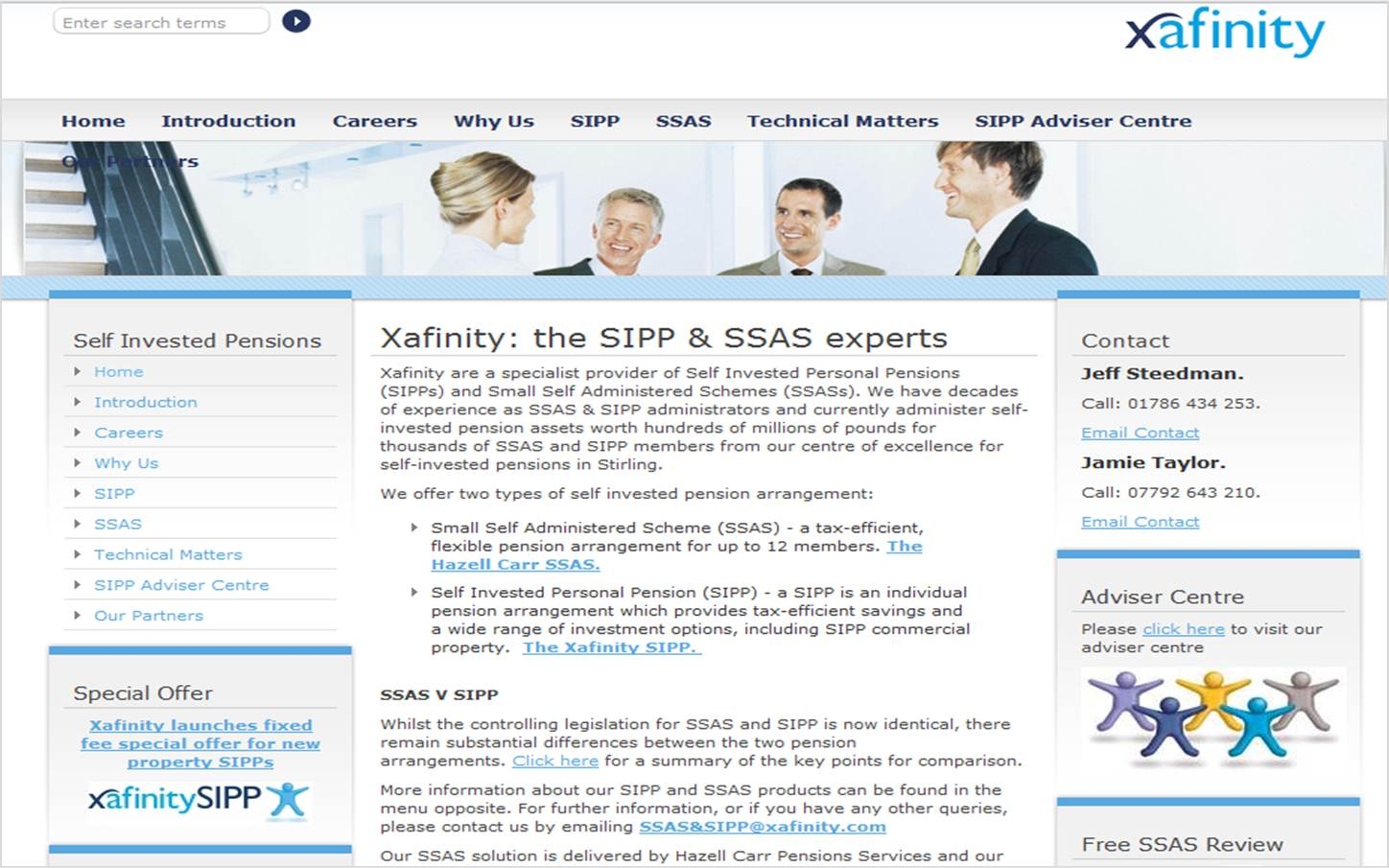
The aggregate IAS19 deficit for UK corporate pension schemes dropped for the third month in a row in October and now stands at £620bn, according to Xafinity's corporate pension deficits tracker. The company says that the decrease is largely due to a steady climb in equity values in October with the FTSE climbing 269 points, causing scheme assets to increase in value slightly, bringing the overall deficit down by £35billion on last month.
Hugh Creasy, director at Xafinity Corporate Solutions, said: "Although corporate deficits have continued a downward trend over the past 3 months, progress is tortuous and the danger is that this is of greater psychological impact than real financial help."With pension scheme assets currently only covering 65p in the pound and, of that, a substantial part being invested with good reason for hedging purposes, growth assets will be very hard pressed to make any real impact in reducing deficits. The real driver will continue to be the outlook for interest rates and inflation and how these alter the cost of pension provision.
{desktop}{/desktop}{mobile}{/mobile}
"The 0.8% growth in GDP over Q3 represents good news in itself, and will continue to do so as long as it helps inspire growth in equity markets. However, the real challenge for policymakers will be in achieving this without engineering a burst of inflation. Failure to do so would turn any equity market rally into a sideshow as far as pension schemes are concerned."
The Xafinity model draws on the Pensions Regulator's latest edition of the Purple Book, which was published in November 2012. Xafinity's deficit model takes the approach the vast majority of auditors require for corporate balance sheets calculations. This involves judging the difference between yields on nominal and index-linked gilts as the expectation for future retail price inflation.The model uses FRS17 and IAS19 accountancy standards and assumes the total assets and liabilities that all UK Defined Benefit pension schemes would have to disclose to the market.
 Source:
Source: Xafinity Corporate Pensions Scheme model, based on all UK DB pensions and using FRS17 and IAS19 accounting rules


